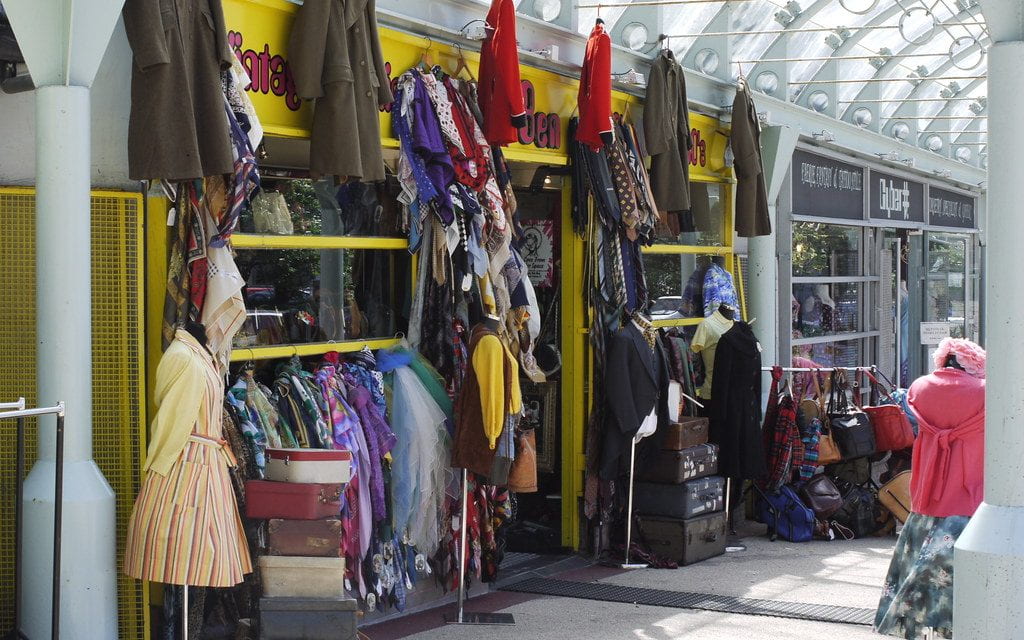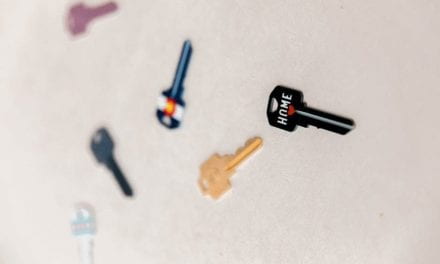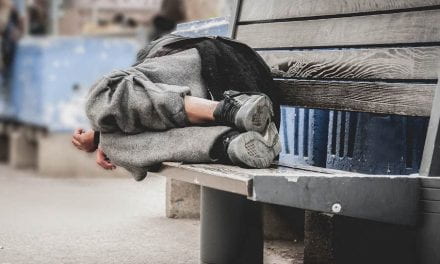According to a study led by GlobalData, a third-party retail analytics firm, the market of second-hand clothes shops is going to double in size in the next five years.
Its growth has already been 21 times faster than the fast fashion industry in the last three years. If kept at this pace, the second-hand clothes shop’s market should overtake fast fashion by 2028.
When we look at the Corporate Social Responsibility (CSR), the study highlights two numbers in particular: 72% of female consumers in America above 18 years of age promote brands that respect the environment, and 60% say that they are more loyal to a brand if it offers a recycling system.
It is important to note that the fast fashion industry should represent about one quarter of the global CO2 emissions in 2050, and buying a second-hand piece of clothing decreases the carbon footprint of the purchase by 82%.
By buying second-hand clothes you protect the environment from overconsumption, and by giving your old clothes to charity shops for example, prevent contributing to the landfill which in turn avoids waste.
Since eco-responsibility is a big topic at the moment, due to a constant rise of climate change awareness, it is a good way to do the right thing.
Furthermore, unlike in fast fashion stores, second-hand clothes stores offer clothes at very low prices. With only five pounds, you can easily find a good quality clothing.
Elia Philippou, a MA Strategic Fashion Marketing Student at UAL, said:
The prices in charity shops are unbeatable! If you like brands but have a small budget, second-hand clothes are the answer. In addition to that, buying in charity shops will allow you to reduce your expenses or to buy more items: it’s up to you!
The massification and industrialisation of fashion have awaken the desire to be unique and original. Second-hand shops seem to be the best solution to accomplish this desire, as there is a wide selection of original and vintage clothes, which follow today’s fashion trend.
Elia Philippou adds:
The beauty of second-hand shops is that you can easily personalise your outfit thanks to the vast selection of clothes present in the shops. The clothes you find there are so different from each other and can come from any previous fashion trends, it really opens new doors of creativity when creating an outfit.
Does all this mean the decline of fast fashion? No, far from it! The GlobalData study stresses that the fashion market, in general, is expected to grow in the coming years. Fast fashion should thus experience a significant increase as well, from $35 billion in 2018 to $44 billion in 2028! An impressive increase of 25% in 10 years.





